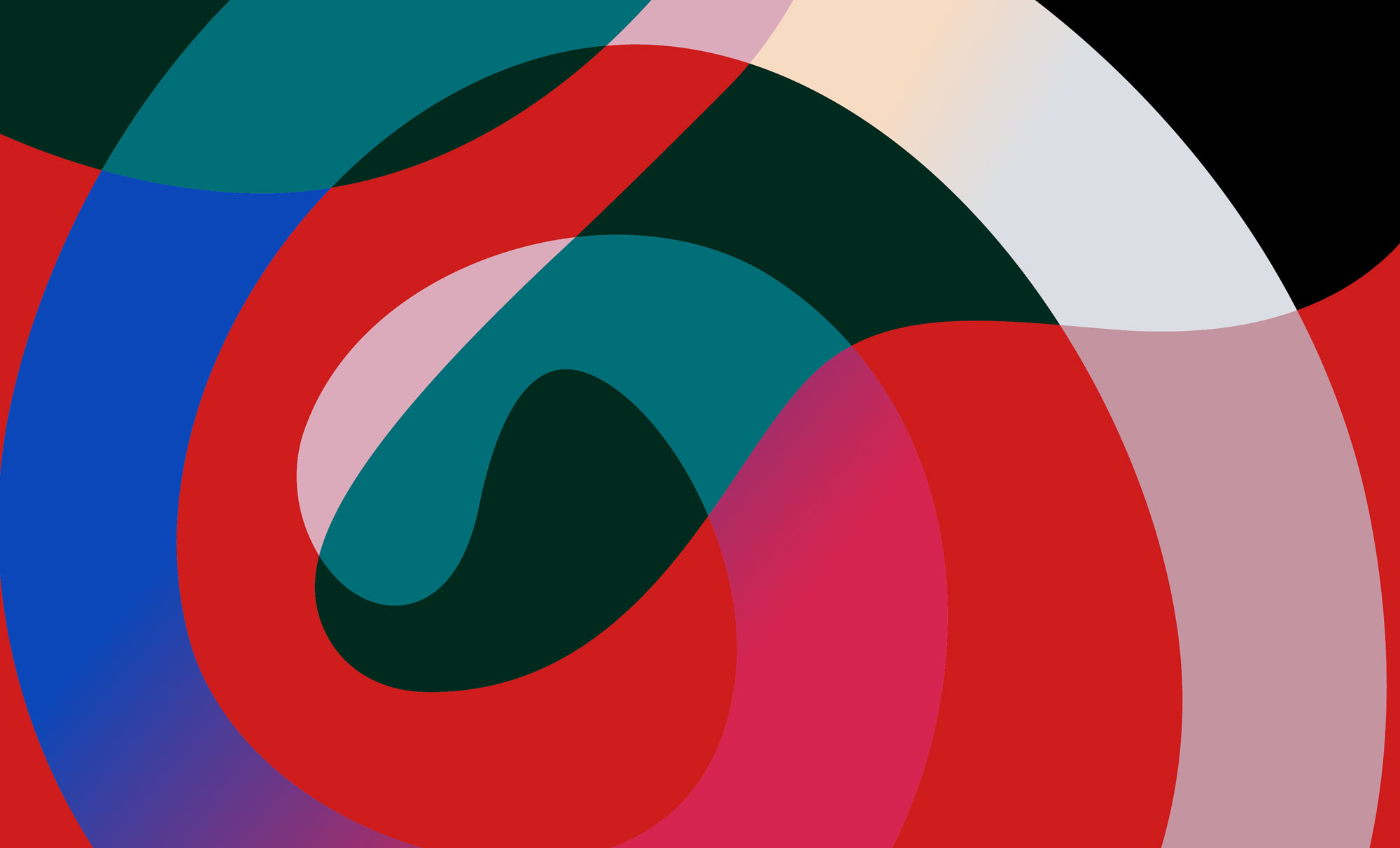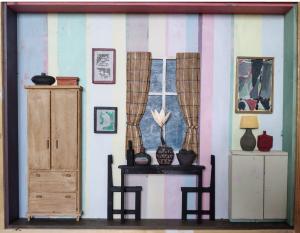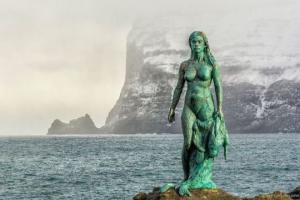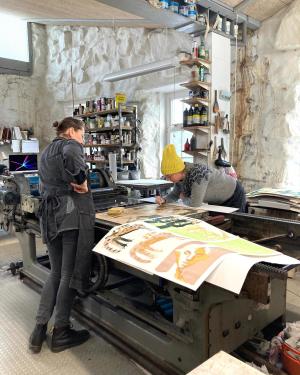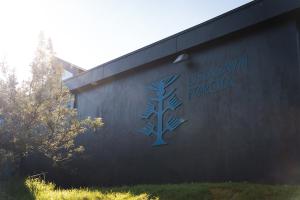FEMALE PIONEERS
From the very beginnings of Faroese visual art until the present day, women have played a key role. The first visual artist in the Faroes to receive a high school education was Bergithe Johannessen (1905-1995) who attended the Sidcup School of Art in London (1923-1925) and the Academy of Art in Copenhagen (1925-1931). She created light-filled landscape watercolours and also worked as a porcelain painter at the Royal Porcelain Factory in Copenhagen.
The two friends, Elisabeth Taylor (1856-1932) and Flora Heilmann (1872-1944) also played a huge role in the early visual arts in the Faroes. Taylor was an American journalist, artist and adventurer who published accounts of her travels to unusual destinations in various American magazines and newspapers. She visited the Faroes on several occasions and also lived on the Islands for a number of years, meeting artists such as Mikkjal á Ryggi and Niels Kruse, whom she would tutor on painting and drawing. She became friends with the Danish visual artist, Flora Heilmann, who was the wife of the vicar at Viðareiði. These two women were highly praised by the painters of the day who are seen as pioneers in Faroese visual art: Niels Kruse, Jógvan Waagstein and Kristin í Geil, all self-taught artists.
Flora Heilmann’s works, paintings of flower arrangements and of Faroese landscapes, hang in many Faroese homes today and are deserving of greater recognition within Faroese visual art than has been the case until now. Heilmann donated 57 watercolours of old Faroese houses, churches and other motifs with cultural and historical significance to the library in Tórshavn – they now belong to the National Library of the Faroe Islands
